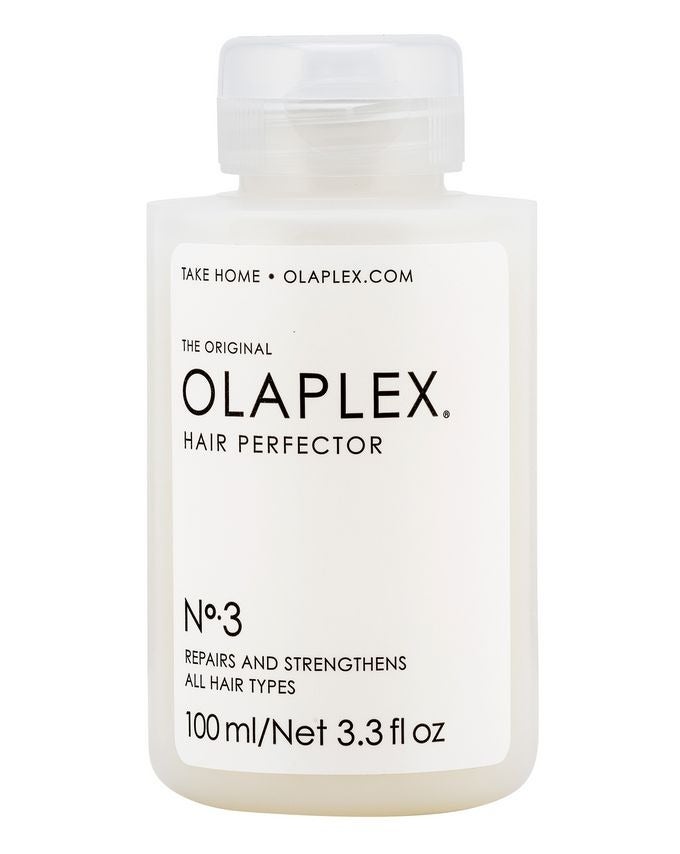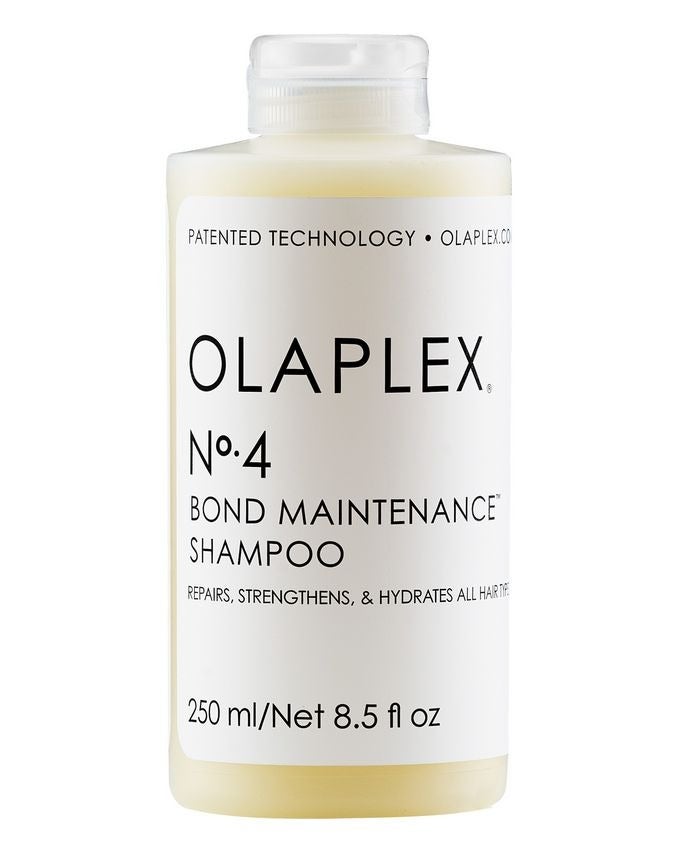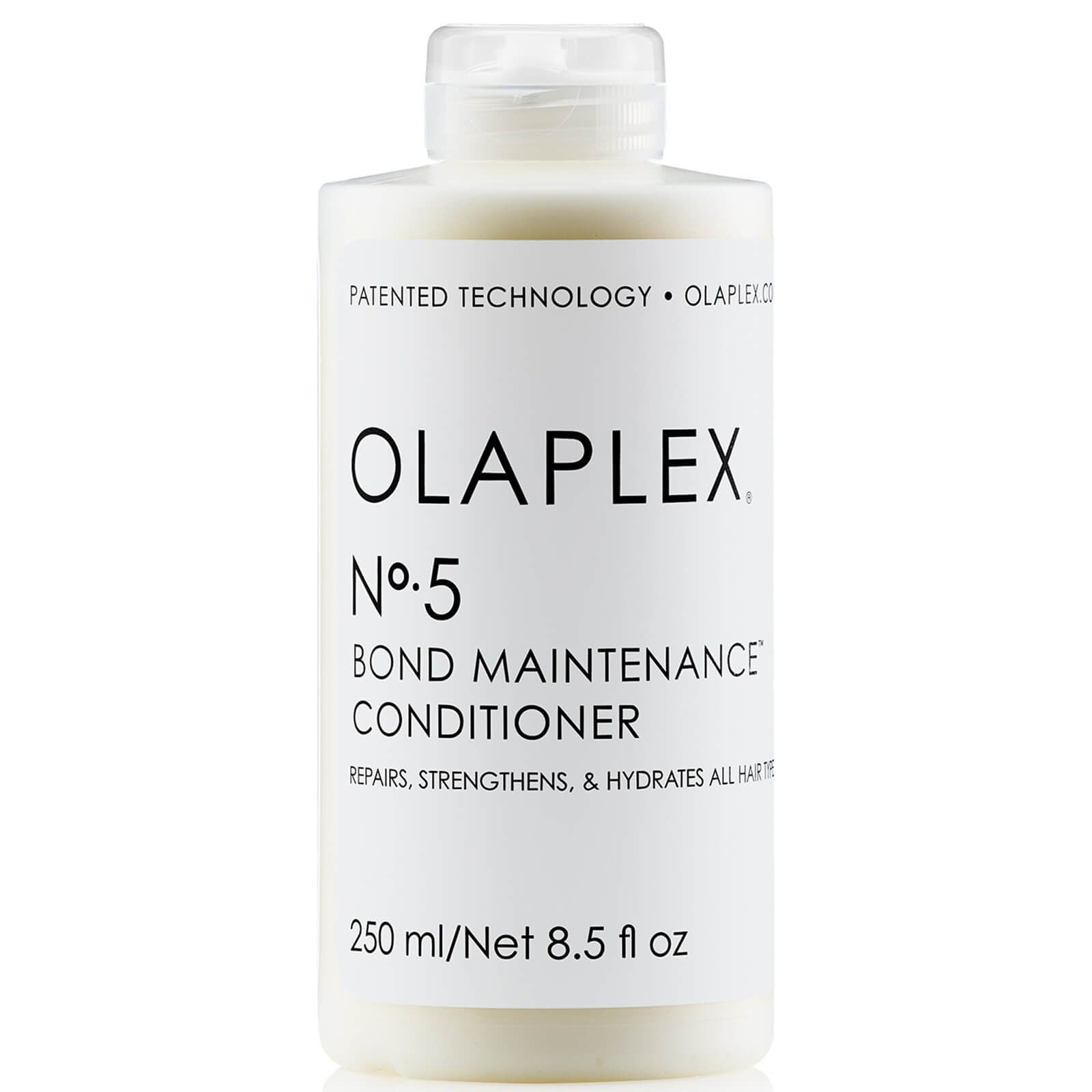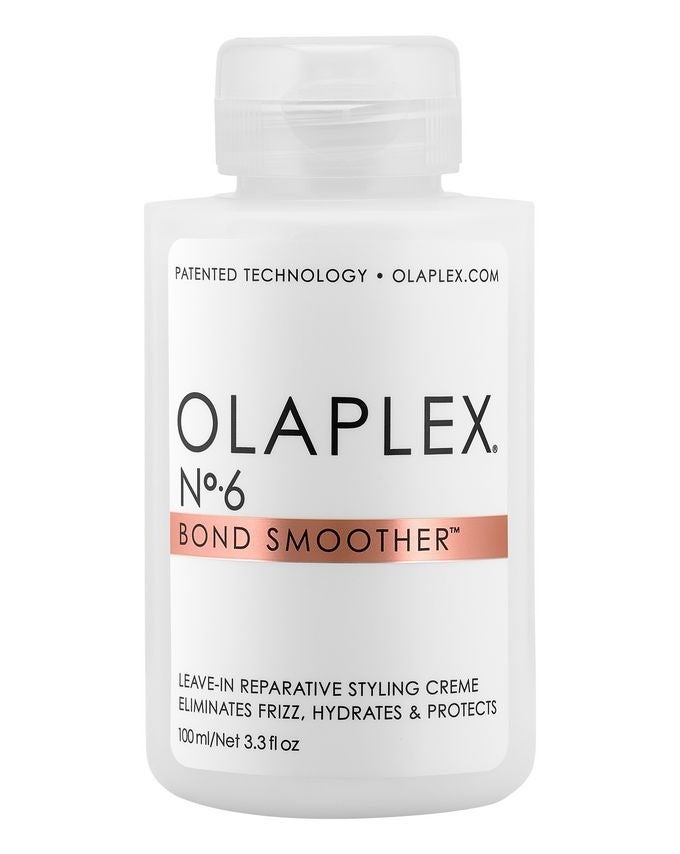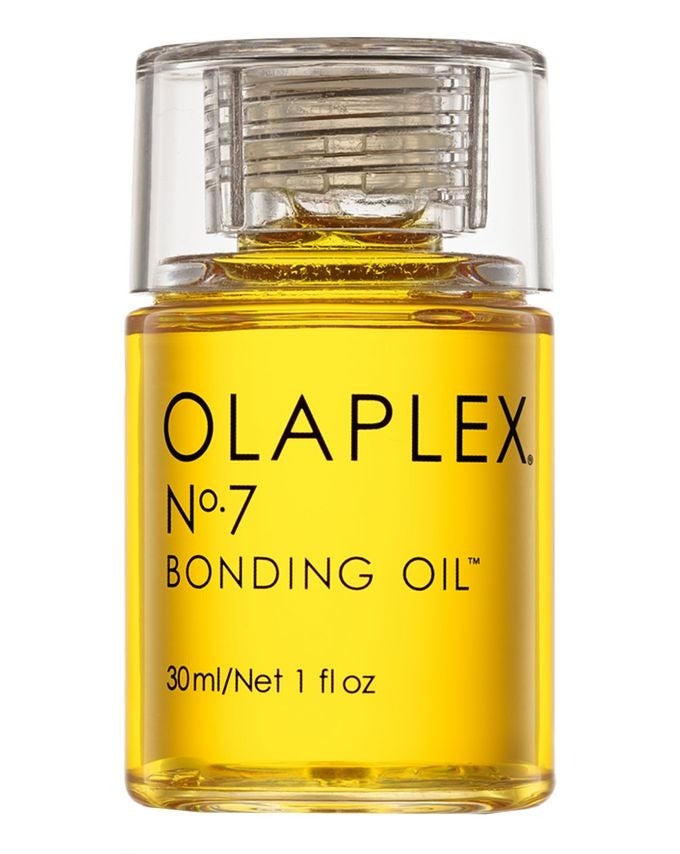As beauty editors, we get inundated with product pitches claiming to repair, strengthen and transform our hair. But the reality is that these formulas just gloss over the rough patches and damaged bits, filling them in or coating them so they look smoother — they don't actually do anything for hair's structural integrity. That was before Olaplex hit the scene.
The multiple-step salon system is changing the game with a lineup that both prevents breakage during the colouring process and "glues" back together the broken bonds that happen as a result of hair colouring. That system is called Olaplex.
AdvertisementADVERTISEMENT
If you're part of the bleach brigade, then you probably know all about Olaplex — the hair colourist community has been singing its praises since it first arrived on the market late last year, and it's been steadily introduced into salons around the country. Cool-girl makeup artist Robin Black credits Olaplex as the only reason she was able to take her dark hair to platinum without all of it falling out. Hardcore.
The brand's founders, Dean and Darcy Christal have launched Olaplex worldwide, which is a testament to the buzz and power of the salon grapevine — so many colourists are raving about it to other pros that salons are beating down the doors to add it to their services.
That's because many colourists feel limited as to what they can actually do to their clients' hair. The clients come to the salon holding pictures of blonde celebrities such as Kim Kardashian and Dua Lipa and, due to the potential of severe damage and trauma to the hair shaft, colourists are unable to responsibly fulfil those requests. Olaplex is meant to allow the pros to colour the hair much lighter than they safely would be able to normally.
My bullshit-meter was on full alert when I went in to try the treatment for myself — I've been burned before with so-called reparative treatments and didn't have high hopes for this unicorn of hair colour. I made an appointment with Olaplex ambassador Chad Kenyon to get my blond on and prepared to be underwhelmed.
AdvertisementADVERTISEMENT
Kenyon walked me through the process, noting that there were three parts to the Olaplex system, conveniently called No. 1, No. 2, and No. 3. The first part of the treatment, No. 1 (in case you were unclear on the numerical order), is mixed into the bleach, powder lightener, or hair colour, and applied to the hair. What No. 1 does, Kenyon says, is repair the bonds that are separated as a result of chemical treatments or heat styling. "Those bonds are separated and momentarily broken to achieve a different colour or hair texture," says Kenyon. "Numbers 1, 2, and 3 all rebuild those bonds."
No. 2 is done in-salon as well and is needed to complete the colouring process. After the colour has been applied and "cooked" (for lack of a better term), your colourist will take you to the bowl and rinse the colour out of your hair — just a rinse, not shampooing. Hair is then towel-dried and No. 2 is applied to the hair and left on for a minimum of 10 minutes. Then it's back to the bowl for a rinse, shampoo, and conditioning.
Now that's all well and good for getting your hair professionally coloured, but what about those who don't have the cash for a pro colour treatment? That's where No. 3 comes in. "[It's] a retail-friendly version of No. 2 that allows consumers to protect their hair from themselves (curling irons, flat irons), as well as rebuild broken disulfide bonds in the days prior to visiting their colourist," explains Kenyon. The 3.5-oz bottle is available from Olaplex affiliated salons and online.
AdvertisementADVERTISEMENT
The at-home treatment is a less potent version of the salon-exclusive No. 2 that can be used every 10 days to resuscitate dry, damaged hair. According to Olaplex's vice president of education, Slim (just Slim, like the Beyoncé of colour care), No. 2 is a 15% concentrate whereas No. 3 is 12.5%.
Don't call it a conditioning treatment. "[No. 3] conditions and that’s synonymous with moisturising," says Kenyon. "We all need moisture in our hair, but No. 3 does something completely different. It’s in no way, shape, or form a conditioning treatment. It’s reparative — it rebuilds broken hair and it will reconnect those [broken disulfide] bonds."
And you don't have to have had an Olaplex colouring service or even a hair colour session. Kenyon says the product can benefit those who have damage due to other chemical treatments (relaxing, keratin, straightening) and those whose hair is just wrecked from wear and tear from styling tools.
As far as different hair textures go, Kenyon says Olaplex works for everyone. No, seriously: curly, thick, fine — it helps them all. Kenyon explains that by repairing broken bonds, Olaplex is returning your hair to its natural state. That means it will help reduce frizz, dullness, and even make curls more defined.
So the big question: Does it live up to the hype? In my experience, that's a big, fat, resounding yep. Post-bleaching, Kenyon handed me a few bottles of No. 3 to use on my own at home, with the instructions to use it when I first washed my newly dyed hair. Fast forward three days and I was about to give No. 3 its first test-drive.
AdvertisementADVERTISEMENT
I jumped in the shower and shampooed my hair as advised by Kenyon. I then towel-dried my hair and applied No. 3, saturating my strands and combing it through. I popped on a shower cap and a bathrobe and bustled productively around my apartment (read: Sat on my couch binge-watching television while devouring Panda Puffs and sending out random gibberish on Twitter). Kenyon says that while the instructions say 10 minutes, he advises clients to leave on for at least 30. Since my colour was fresh (meaning my hair had just gone some through chemical trauma), Kenyon told me to keep it on my locks for an hour or two.
I got antsy at the hour-and-a-half mark, so I took off my cap and popped in the shower. Following Kenyon's very specific instructions, I first rinsed the (somewhat sticky) treatment out of my hair, then shampooed and conditioned. I immediately noticed a difference — my hair felt so silky and smooth I almost didn't feel it as my hands rinsed it out.
Now, I've tried my fair share of conditioning treatments and felt the silky aftereffects, but this was a whole new sensation — my hair was weightless and basically had the same feel and consistency of the water trickling out of my shower head. I towelled off my hair and added some styling product and let it air-dry. The end result was lustrous, healthy-looking hair that had movement, definition, and zero greasiness or added weight. Oh yeah, I think I'm in love.
Refinery29's selection is purely editorial and independently chosen – we only feature items we love! As part of our business model we do work with affiliates; if you directly purchase something from a link on this article, we may earn a small amount of commission. Transparency is important to us at Refinery29, if you have any questions please reach out to us.
